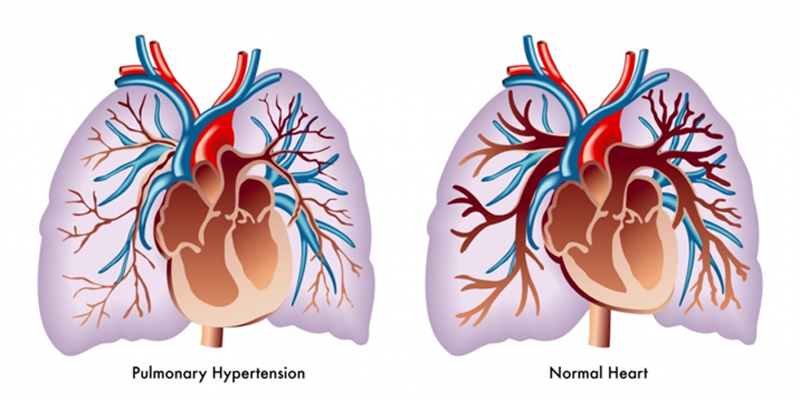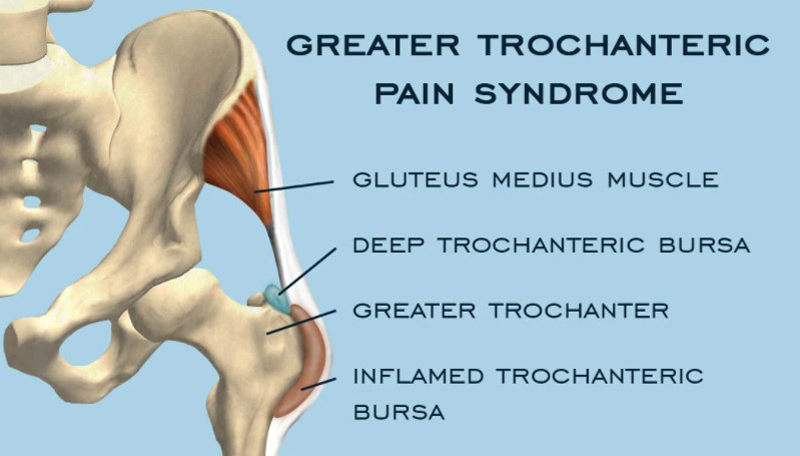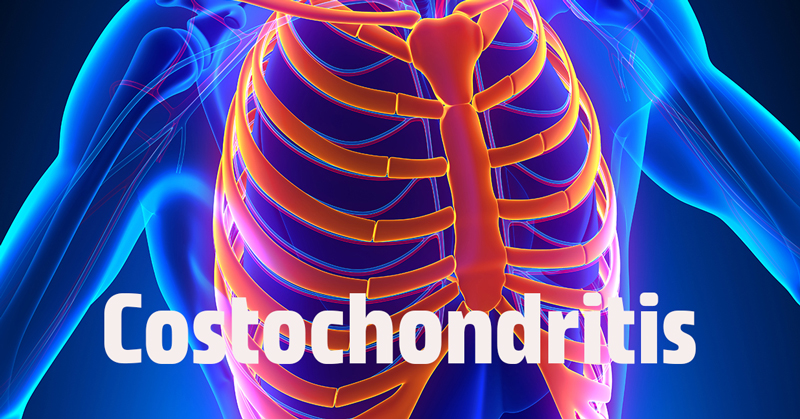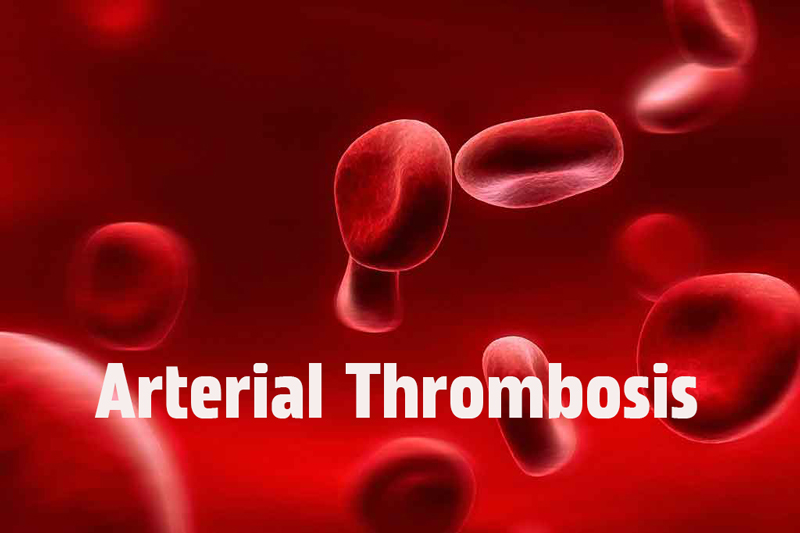Tennis Elbow Treatment
Nov. 16, 2023 #Arthritis
Introduction
Tennis elbow, clinically known as lateral epicondylitis, is a prevalent condition characterized by pain and inflammation on the outer part of the elbow. Despite its name, tennis elbow is not exclusive to tennis players; it can affect anyone engaging in repetitive arm and wrist motions.
In this comprehensive guide, we will explore the definition of tennis elbow, delve into its causes and symptoms, discuss available treatment options, and highlight essential precautions to prevent and manage this condition.
Defining Tennis Elbow
Tennis elbow is a type of tendinopathy, specifically an inflammation of the tendons that attach to the lateral epicondyle, the bony bump on the outer part of the elbow. This inflammation is typically caused by repetitive stress and overuse of the forearm and elbow muscles, leading to microtears in the tendon. While tennis elbow commonly affects individuals involved in racquet sports, it can also result from various occupational or recreational activities that involve repetitive arm movements.
Causes of Tennis Elbow
Repetitive Strain:
The primary cause of tennis elbow is repetitive strain on the forearm muscles and tendons. Activities that involve gripping, twisting or lifting heavy objects with improper technique can lead to overuse and strain on the extensor carpi radialis brevis tendon, causing microtears and inflammation.
Sports Activities:
Tennis, as the name suggests, is a sport often associated with tennis elbow due to the repetitive arm motions involved in swinging the racquet. However, other activities such as golf, baseball, and weightlifting can also contribute to the development of tennis elbow.
Occupational Factors:
Certain occupations that require repetitive hand and wrist movements can increase the risk of developing tennis elbow. Jobs such as plumbing, carpentry, and painting may involve activities that contribute to overuse and strain on the forearm muscles.
Age and Gender:
While tennis elbow can affect individuals of any age, it is more common in adults between the ages of 30 and 50. Additionally, studies indicate that men are slightly more prone to tennis elbow than women.
Improper Equipment:
Using equipment that is too heavy, such as a tennis racquet with a grip that is too large or a tool with excessive weight, can contribute to the development of tennis elbow. Improperly fitted equipment can increase strain on the forearm muscles and tendons.
Symptoms of Tennis Elbow
Identifying the symptoms of tennis elbow is crucial for timely intervention and management. Common symptoms include:
Pain on the Outer Elbow:
The hallmark symptom of tennis elbow is pain on the outer part of the elbow, specifically around the lateral epicondyle. This pain may develop gradually and worsen over time.
Weak Grip Strength:
Individuals with tennis elbow may experience a weakened grip strength, making it challenging to perform tasks that involve gripping or lifting objects.
Painful Handshakes:
Shaking hands or gripping objects can be painful for individuals with tennis elbow. The pain may radiate down the forearm.
Stiffness:
Stiffness in the elbow joint and forearm is a common symptom of tennis elbow, especially after periods of inactivity.
Pain with Repetitive Movements:
Activities that involve repetitive wrist extension, such as typing, gripping, or lifting, can exacerbate pain in individuals with tennis elbow.
Treatment of Tennis Elbow
Effective management of tennis elbow involves a combination of conservative treatments to alleviate symptoms and promote healing. In severe cases or when conservative measures are ineffective, medical interventions may be considered. Here are the treatment options for tennis elbow:
Rest and Activity Modification:
The initial step in treating tennis elbow is to allow the affected arm to rest and avoid activities that exacerbate symptoms. Modifying activities to minimize repetitive motions and avoiding heavy lifting can aid in the healing process.
Ice Therapy:
Applying ice to the affected elbow can help reduce inflammation and alleviate pain. Ice packs or cold compresses can be applied for 15-20 minutes at a time, several times a day.
Compression and Elevation:
Using a compression bandage or brace around the forearm can help reduce swelling, while elevating the arm when at rest can aid in fluid drainage and minimize inflammation.
Nonsteroidal Anti-Inflammatory Drugs (NSAIDs):
Over-the-counter NSAIDs, such as ibuprofen or naproxen, can help alleviate pain and reduce inflammation associated with tennis elbow. It's essential to follow recommended dosages and consult with a healthcare professional, especially for individuals with pre-existing medical conditions.
Physical Therapy:
Physical therapy plays a crucial role in the rehabilitation of tennis elbow. Therapists may prescribe specific exercises to strengthen the forearm muscles, improve flexibility, and enhance overall arm function. Additionally, techniques such as ultrasound and massage may be employed to promote healing.
Bracing and Supports:
Wearing a brace or forearm strap just below the elbow can help alleviate tension on the affected tendon and provide support during activities that may exacerbate symptoms.
Corticosteroid Injections:
In cases where pain is severe and not responsive to conservative measures, healthcare providers may administer corticosteroid injections to reduce inflammation. While these injections can provide short-term relief, they are not a long-term solution and should be used judiciously.
Platelet-Rich Plasma (PRP) Therapy:
PRP therapy involves injecting a concentrated form of the patient's blood, rich in platelets, to stimulate the body's natural healing processes. This emerging treatment option is being explored for its potential in promoting tissue repair in conditions like tennis elbow.
Extracorporeal Shock Wave Therapy (ESWT):
ESWT is a non-invasive procedure that uses shock waves to stimulate healing in damaged tendons. This therapy is still under investigation for its effectiveness in treating tennis elbow, and its use may vary based on individual cases.
Surgical Intervention:
In rare and severe cases where conservative treatments are ineffective, surgical intervention may be considered. Procedures such as arthroscopy or open surgery may be performed to remove damaged tissue or release tension on the affected tendon.
Precautions to Avoid Tennis Elbow
Preventing tennis elbow involves adopting precautionary measures to minimize the risk of overuse and strain on the forearm muscles and tendons. Here are essential precautions to consider:
Proper Technique:
Whether engaging in sports, lifting objects, or performing occupational tasks, using proper technique is crucial. This includes using ergonomic tools, maintaining good posture, and ensuring proper form during physical activities.
Warm-Up and Stretching:
Prior to engaging in activities that involve repetitive arm motions, it's essential to warm up the muscles and perform stretching exercises. This helps improve flexibility and reduces the risk of strain.
Strengthening Exercises:
Regularly incorporating strengthening exercises for the forearm muscles into a fitness routine can enhance muscle endurance and reduce the likelihood of developing tennis elbow.
Equipment Adjustment:
Ensuring that sports equipment, tools and devices are properly fitted and adjusted to individual needs can prevent unnecessary strain on the forearm muscles. This includes checking the grip size of sports equipment and adjusting work tools for comfort.
Rest and Recovery:
Adequate rest and recovery are essential in preventing overuse injuries like tennis elbow. Allow sufficient time for the muscles and tendons to recover between activities, especially if engaging in repetitive motions.
Use of Elbow Supports:
In situations where there is an increased risk of strain, such as during sports or certain occupational activities, wearing elbow supports or braces can provide additional stability and support to the forearm muscles.
Regular Health Check-ups:
Regular health check-ups can help identify and address early signs of overuse or strain on the forearm muscles. Seeking timely medical advice can prevent the progression of minor issues to more severe conditions like tennis elbow.
Alternative Activities:
If engaged in activities that involve repetitive arm motions, incorporating alternative activities that vary the type and intensity of movement can help prevent overuse and strain.
Conclusion
Tennis elbow is a common condition that can affect individuals of various ages and activity levels. While the name may suggest an exclusive association with tennis, it is essential to recognize that this condition can result from a range of activities involving repetitive arm movements. Understanding the causes, recognizing symptoms and implementing timely and appropriate treatment are crucial aspects of managing tennis elbow effectively.
Conservative treatments, including rest, ice therapy, physical therapy, and anti-inflammatory medications, form the foundation of tennis elbow management. In more severe cases, medical interventions such as corticosteroid injections or surgical procedures may be considered. Preventive measures, including proper technique, warm-up exercises and equipment adjustment, play a pivotal role in minimizing the risk of developing tennis elbow.










COMMENTS